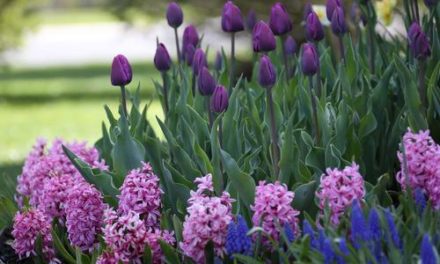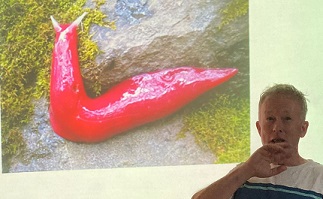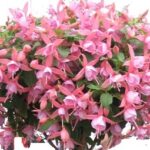Hedgehogs – And How We Can Help Them
On 28th March ODGC welcomed Terry Green, former animal care lecturer at Pershore College.
 Terry began by telling the club that hedgehogs are all about points! Pointed spines, nose and tail. The spines come in a range of brown with pale points which act as camouflage. Albinos are rarely found as these are weak and therefore predated. Blonde hedgehogs are sometimes found, largely confined to the Channel Islands. The underside is covered with coarse water repellent hair.
Terry began by telling the club that hedgehogs are all about points! Pointed spines, nose and tail. The spines come in a range of brown with pale points which act as camouflage. Albinos are rarely found as these are weak and therefore predated. Blonde hedgehogs are sometimes found, largely confined to the Channel Islands. The underside is covered with coarse water repellent hair.
Largely European they have been introduced elsewhere and in New Zealand are considered a pest by predating the eggs of the many ground nesting birds, less Tiggy Winkle more Terminator. They are excellent climbers, can swim and are able to squeeze through small holes, have excellent hearing and sense of smell but poor eyesight as they are nocturnal. They feed on beetles, caterpillars, earthworms slugs and snails, birds eggs where accessible and have been known to eat small birds. Hedgehogs build nests of leaves and twigs and construct a larger nest for hibernation for which they need to attain a weight of 450 grams by the end of October in order to survive. Any animal weighing less than 250 grams needs rescuing. They live for 4/5 years on average and after a gestation period of 6/7 weeks give birth to 4/6 hoglets.
Studies carried out by monitoring released hedgehogs fitted with radio transmitters have found that if released in the countryside they will gravitate to villages. One of the greatest problems faced is that of habitat fragmentation. Hedgehogs become isolated from other populations by the loss of green spaces due to development of land and the construction of new roads and railways. Other hazards apart from roads include cattle grids, netting and litter such as tin cans, elastic bands and more recently the elastic ties of face masks. Badgers will predate them by pulling them open with their powerful jaws and leaving the empty skin. The badger population has doubled in the last twenty years. Badgers and hedgehogs compete for the same food, one badger will eat the same amount as seven hedgehogs, although hedgehogs tend to avoid areas with a high population of badgers.
Gardeners will probably first notice the presence of hedgehogs in the mating season when they are very noisy for their size, emitting pig like grunts. We can help hedgehogs in a number of ways including checking long grass before mowing or strimming, checking bonfire heaps for hibernating animals, avoiding the use of poisonous slug pellets and by feeding them with moist or dry cat food. One of the most useful ways of encouraging populations is by liaising with our neighbours in making small holes in our boundaries, 13 cm sq is sufficient, in order to link gardens. The creation of hedgehog highways will hopefully enable gardeners to see more of these helpful and engaging small mammals.
Ghislaine Arundale








